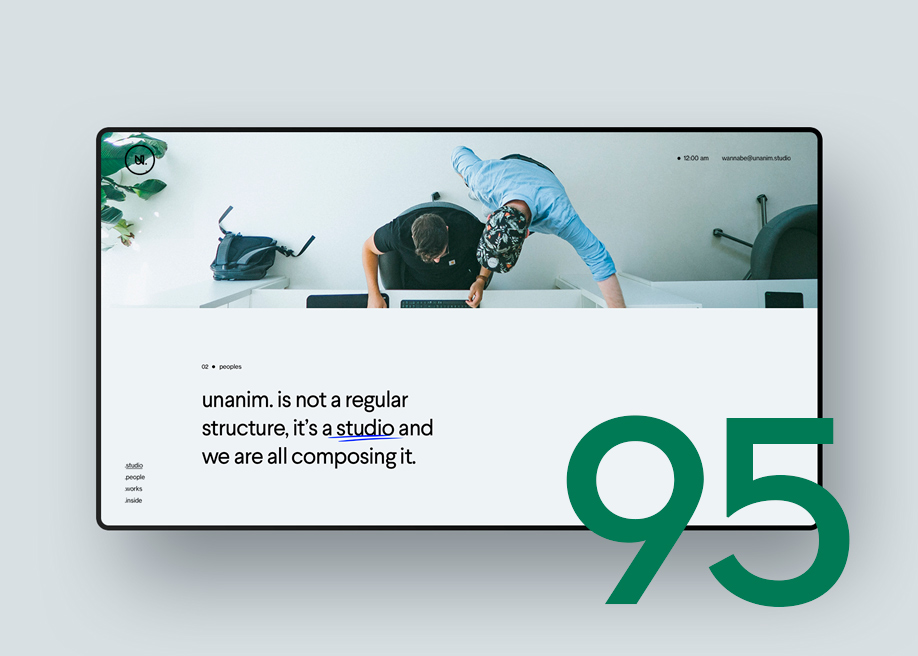Grasping Website Design: Secret Concepts for a User-Friendly Site
In the realm of web style, the emphasis on individual experience has become critical, forming how web sites are constructed and viewed. As we check out these fundamental components, it becomes evident that the choices made throughout the design procedure can have long lasting effects on a site's efficiency and individual loyalty.

Importance of Individual Experience
In the world of website design, the importance of customer experience (UX) can not be overstated. UX includes the overall fulfillment a customer stems from communicating with a website, dramatically affecting their understanding of a brand and their chance of returning. web design klerksdorp. A well-designed UX assists in seamless navigation, promotes user involvement, and ultimately drives conversions
Understanding individuals' needs and habits is extremely important in producing an efficient UX. This entails leveraging study methods such as user characters, trip mapping, and functionality screening to get insights right into user choices. By customizing design elements to meet these demands, developers can boost functionality and develop a much more user-friendly interaction.
Moreover, a positive UX adds to the site's reliability and dependability. Users are extra likely to involve with a site that is cosmetically pleasing and simple to navigate, which consequently improves brand name commitment. Alternatively, a poor UX can cause high bounce rates and a negative assumption of the brand.
Instinctive Navigation Style
An efficient navigating layout is important for assisting users via an internet site, ensuring they can discover the details they need rapidly and successfully. Instinctive navigating enhances user experience by permitting smooth communication with material, resulting in enhanced interaction and contentment.
To accomplish user-friendly navigating, it is necessary to develop a clear power structure. This entails organizing material right into logical categories and subcategories, permitting individuals to understand the framework at a glance. Descriptive tags for menu products are important; they should be uncomplicated and rep of the content they result in, minimizing obscurity.
Consistency is another key principle. Individuals ought to encounter familiar navigating aspects throughout the site, such as the positioning of switches and food selections. This uniformity assists reinforce individual assumptions and decreases cognitive lots.
Moreover, including search functionality can dramatically boost navigation, specifically for content-heavy web sites. This function equips users to find particular details promptly without needing to browse via multiple web pages.
Lastly, usability screening can provide invaluable understandings into how genuine users engage with navigating aspects, using opportunities for improvement. In amount, a properly designed navigation system is foundational to a straightforward internet site, advertising efficiency and boosting general user contentment.
Responsive Website Design
Receptive website design is progressively vital in today's digital landscape, as it ensures that internet sites give optimum viewing experiences throughout a large range of devices, from desktop to mobile phones. This method makes it possible for a single website to adapt its format and content to fit various screen sizes and resolutions, improving functionality and ease of access.
At the core of responsive style is fluid grid layouts, which utilize loved one devices like portions rather of fixed pixels. This flexibility enables aspects to resize proportionally, maintaining aesthetic consistency and performance. In addition, media questions play an essential duty by applying details CSS designs based on device characteristics, such as display size or alignment.
Integrating versatile images and receptive media is also important; these elements must scale properly to stop distortion and guarantee a smooth experience throughout tools. Additionally, touch-friendly layout factors to consider are extremely important, specifically for mobile users, as they typically browse with touch gestures instead of clicks.
Constant Aesthetic Aspects
Constant aesthetic components are critical for developing a cohesive brand identity and boosting individual experience throughout electronic platforms. These elements consist of color pattern, layout, imagery, and typography designs, which collectively create an unified visual that individuals can easily associate and acknowledge to. A well-defined shade combination not only reinforces brand name acknowledgment but likewise stimulates details feelings, assisting users with the website effectively.
Typography plays a considerable duty in readability and overall aesthetic charm. Utilizing a limited number of fonts and keeping regular sizes and weights ensures an unified circulation of details. Imagery has to also align with brand worths and messaging; premium photos that fit the total style will improve the site's appearance and professionalism and trust.
Furthermore, find out layout uniformity across different web pages cultivates familiarity, making navigation instinctive. Users must feel comfortable and oriented as they check out different sections of the website. Regular visual components not only improve the aesthetic appeal but likewise add to usability, leading to boosted interaction and retention. Eventually, a properly designed site, identified by natural aesthetic aspects, reflects professionalism and reliability and constructs depend on with users, producing a favorable very first perception and encouraging return visits.
Ease Of Access Factors To Consider
Guaranteeing accessibility in internet layout is a basic element that enhances consistent aesthetic elements, allowing all customers, no matter their abilities, to interact and browse with digital content properly. Accessibility factors to consider are essential for developing inclusive internet sites that meet the varied needs of users, consisting of those with specials needs.
To start with, utilizing semantic HTML is crucial, as it helps screen readers analyze the structure and web content of a page precisely. Alt text for images boosts understanding for visually damaged individuals, while captioning video content ensures that those with hearing disabilities can involve with the product.
In addition, color contrast need to be thoroughly evaluated to help users with aesthetic impairments. Making certain that text is understandable versus its background improves readability. Additionally, key-board navigability is crucial; all interactive aspects ought to come without a mouse, accommodating customers with flexibility difficulties.
Conclusion
In final thought, understanding web style necessitates an extensive understanding of customer experience principles. Focusing on these have a peek here elements not only boosts individual involvement and fulfillment yet additionally fosters brand loyalty.

In final thought, grasping web style demands a thorough understanding of individual experience principles.